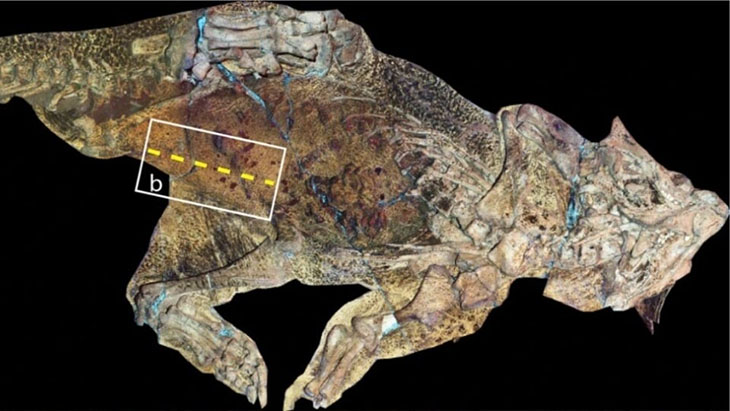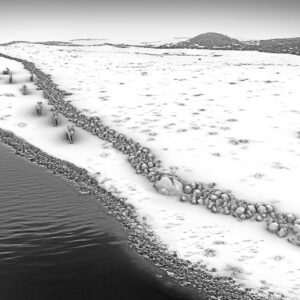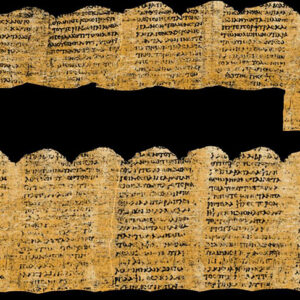
Dinosaurs once roamed the earth. They were the kings of the land. That’s why paleontologists have been studying these majestic creatures to see how they lived. They have come across interesting discoveries that have left them stunned.
While so much has already been discovered, they have recently come across the fact that these large reptiles may have had belly buttons. This is new information and one that they’re looking into more. How is that possible when these creatures laid eggs?
More about the Mystery
Credit must be given to an ‘incredible’ fossil that the paleontologists found. Because of this, they have confirmed that dinosaurs really had belly buttons in their bodies. In the discovery, they have also set a new record for the oldest fossil ever found in reptiles and mammals.
Working together in this research are the scientists from the Chinese University of Hong Kong (CUHK) and their international colleagues in Argentina and the U.S. They made use of a high-tech laser imaging technology and came upon this new fact. The laser technology showed, in great detail, the parts of a 125-million-year old dinosaur fossil that was dug up 20 years ago in China. Here, they found a a scar among the scales.
Dr. Michael Pittman, Assistant Professor of CUHK’s School of Life Sciences, used the Laser-Stimulated Fluorescence (LSF) technique to the fossilized skin specimen of a dinosaur identified as a Psittacosaurus. It is a two-legged plant eater that was about two meters long (6.5 feet) and that lived during the Cretaceous period.
“We identified distinctive scales that surrounded a long umbilical scar in the Psittacosaurus specimen, similar to certain living lizards and crocodiles,” said Pittman. He is the joint-corresponding author of the study. He also said, “This specimen is the first dinosaur fossil to preserve a belly button, which is due to its exceptional state of preservation”.
It was always assumed that dinosaurs were not like humans and they did not have an umbilical cord for the main fact that they laid eggs. However, the yolk sac of dinosaurs was directly attached to the body through slit-like opening. They found this to be similar in other egg-laying land animals. This very slit sealed up almost as soon as animal hatches. Because of this, the process leaves a distinctive long umbilical scar that is akin to a belly button.
Dinosaurs laid eggs and this had already predicted the fact that they may have had a long belly button scar. However, this is the first ever study that supported this hypothesis and it came with a with fossil evidence as well. “Whilst this beautiful specimen has been a sensation since it was described in 2002, we have been able to study it in a whole new light using novel laser fluorescence imaging, which reveals the scales in incredible detail,” shared Dr. Pittman.
Dr. Phil R. Bell from the University of New England in Armidale, Australia, is the study’s lead and joint-corresponding author. He added, “This Psittacosaurus specimen is probably the most important fossil we have for studying dinosaur skin. But it continues to yield surprises that we can bring to life with new technology like laser imaging.”
The specimen they looked at is on display at the Senckenberg Museum in Frankfurt, Germany. The findings recently made had also been published in the international journal of biology called BMC Biology.
What are your thoughts? Please comment below and share this news!
True Activist / Report a typo


